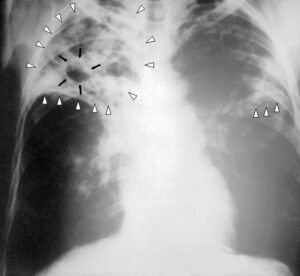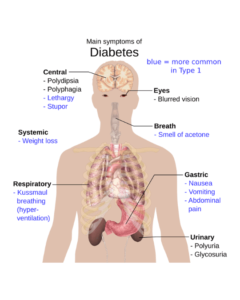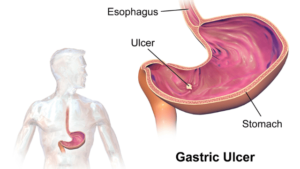
Jaudice: More than just yellowing of the skin
Jaundice, also known as hyperbilirubinemia, is characterized by a yellow discoloration of the body’s tissues due to an accumulation of bilirubin. Bilirubin is a byproduct of heme metabolism. Jaundice results from either increased bilirubin production or impaired excretion. The severity of discoloration ranges from lemon yellow to apple green. Newborns and the elderly are more commonly affected by this condition.

What you NEED to know about Tuberculosis (TB)
Tuberculosis (TB) is one of the world’s leading causes of death from a single infectious agent. It is an infectious disease caused by Mycobacterium tuberculosis, primarily affecting the lungs. TB spreads through the air when an infected person coughs, sneezes, or talks.

All you NEED to know about Parkinsonism and its different manifestations
Parkinson’s disease is a neurological disorder caused by lesions or abnormalities in the basal ganglia. The basal ganglia is a subcortical mass in the brain

Diabetes Mellitus: Ultimate Guide to this very preventable illness
Diabetes Mellitus is a condition characterized by elevated blood glucose levels, which occur when the body either does not produce enough insulin or does not use insulin effectively.

All you NEED to know about Peptic Ulcer Disease (PUD)
Risk Factors for Peptic Ulcer Disease Helicobacter pylori infection Cigarette smoking Chronic Obstructive Pulmonary Disease (COPD) NSAID usage (e.g., Paracetamol) Alcoholic liver cirrhosis Emotional and
